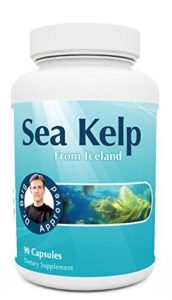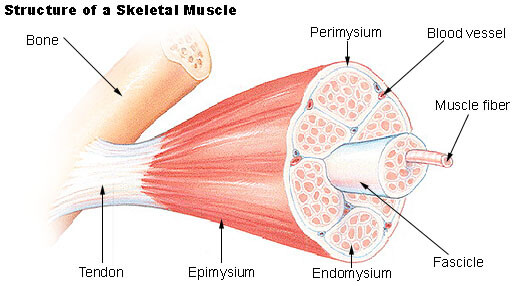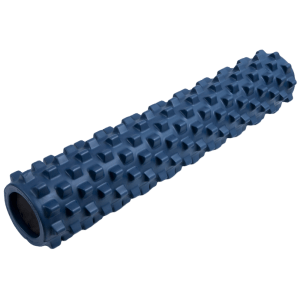Let’s talk about pattern overload.
Basically, pattern overload occurs when you perform too many repetitions of a particular movement. You don’t necessarily need to be using a lot of weight to have pattern overload occur; your own bodyweight is more than enough…as is a one-pound dumbbell if the number of repetitions is high enough. Typing can even become a problem if you never change your hand/wrist/chair/keyboard position.
Most of the time pattern overload isn’t too much of an issue, because even with high-rep activities like running or swimming, each time your foot strikes the ground or your hand cuts through the water, your body is going to use a slightly different “groove” to accomplish the movement. If you’re a highly trained athlete you might be performing in more or less exactly the same groove for a while, but eventually, as you begin to fatigue, your groove will start to become looser and while this means that your efficiency of movement will go down, it’s one way the body helps to prevent itself from getting injured.
But certain modes of exercise can be worse for pattern overload than others. One example is using gym machines too much. People who work out with free weights have a much lower incidence of pattern overload than those who work exclusively on machines. The reason is that when you’re using a barbell or dumbbell the weight moves according to your body, but when you’re working on a machine your body moves along the machine’s predetermined and set path. Even something like a Smith machine, which incorporates a small degree of leeway, is much more limiting and allows for less “natural body adjustment” as you go through your sets than a free-weight barbell.
On the opposite end of the spectrum, there is Crossfit. I’m not a Crossfit hater. I think that the main idea of Crossfit – to do something different each day, and keep good track of your rest times – has merit for those who simply want to “be in shape”, and certainly the training is fun. But there are some drawbacks as well, especially when you look at Crossfit in relation to tendon injuries.
Basically, a Crossfit exercise session involves choosing two or three distaff exercises, and then doing a lot of those exercises using a set weight for time. The rest time between sets is usually about ten seconds, and you alternate exercises. To give an example, one of the videos on the website shows three women doing bodyweight squats, then pull-up/press on gymnastic rings, then hang cleans with a barbell.
If you just plain do too much of a movement, even if that movement is something completely “free”, like swimming, you can develop tendon problems if your exercise volume exceeds your capacity to recover from it. This is where I have an issue with Crossfit. I know that on their site they place a lot of emphasis on not doing too much and using good form, but in practice they use technically difficult movements (like cleans) and push well past the point where good form completely breaks down.
Of course, you have to push yourself to a certain extent if you want to improve your body. But the question of degree is very important. Without getting into a long discussion about exercise theory, the bottom line is that quite a few people order my ebooks, and lately a lot of them are complaining about injuries received from Crossfit training.
So if you’re suffering from tendon pain and are using an exercise program (or doing some kind of work) that incorporates too much pattern overload, either through limited and unnatural movement or by simply having too much volume, think about ways that you can reduce or get around the problem. You don’t have to quit exercising, but you may well be better off if you can find ways to vary your routine.
UPDATE: Scott Abel has written a critique of Crossfit that, while it won’t win any awards for style, makes several excellent points about the dangers and limitations of the training. You can find it here.



 One thing about the internet, there are lots and lots of supposed cures for pretty much everything under the sun. Tendonitis is no exception; you can find bogus remedies like
One thing about the internet, there are lots and lots of supposed cures for pretty much everything under the sun. Tendonitis is no exception; you can find bogus remedies like 
